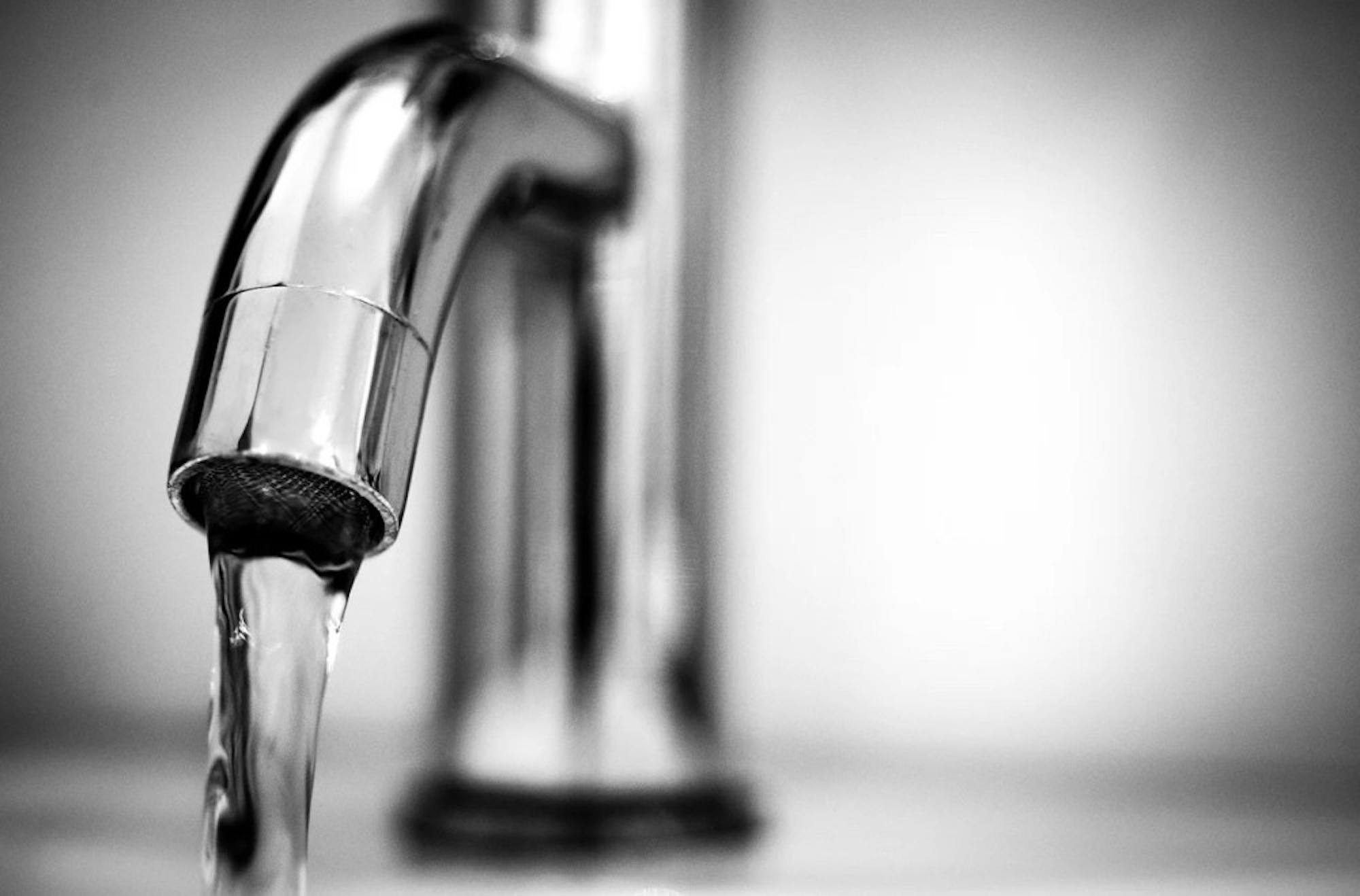Throughout her career, Ayse Asatekin, associate professor of chemical and biological engineering at Tufts University, has sought to use filters to prevent illness and protect the environment. One mineral that performs this function is fluoride, which results in dental and skeletal fluorosis. Fluorosis is a degradation of bones or teeth that happens when fluoride is consumed in excess quantities at a young age. Now, Asatekin has finally found a solution to filtering fluoride out of water.
In anew paper recently published in the Proceedings of the National Academy of Sciences, Asatekin and her lab designed a membrane filter that uses zwitterionic — or specially charged — molecules to remove certain ions from drinking water. Asatekin hopes to one day apply the filtration method both sustainably and in large scale production, since her membranes are energy efficient and can be produced and used with the existing infrastructure.
Tap water often contains calcium, magnesium, sodium, potassium and chloride ions. An ion is a molecule or atom with a charge caused by either the loss or addition of electrons. Most tap water in the United States has some of these ions, such as fluoride, filtered into drinking water to provide additional nutrients.
Fluoride, in small amounts, prevents tooth decay. However, in some parts of the world where there is too much fluoride present in drinking water, excess amounts of the ion cause widespread dental and skeletal fluorosis.
There are a couple of different ways to filter ions out of water. The first is to remove every ion from the water, and the second is to filter out only specific materials. The first method is usually inefficient because a ton of energy is needed to filter all materials out and then add certain ions and minerals back in. One of the most famous examples of this is desalination, the process of removing salt from seawater.
The second method, though more difficult to create membrane filters for, is far more energy efficient. Compared to desalination techniques, a salt-filtering membrane decreases energy usage by 90%. Asatekin notes that about 10% of the energy used in the United States is applied to separating chemicals.
“The particular separations we look into right now are not necessarily the ones with the biggest energy impact,” Asatekin said. “My dream would be to replace the very energy-intensive separation processes such as desalination and chromatography.”
But there are limits to what can be separated through these types of membranes, which use charges to filter ions. Asatekin’s lab focused on the particular challenge of filtering out an ion while leaving in another of the same charge. For example, they wanted to filter fluoride out but leave chloride — which prevents water from tasting flat — in.
In the new study, Asatekin’s lab created a self-assembled, cross-linked zwitterionic copolymer membrane that separates fluoride out of water while keeping chloride in. As water passes through the membrane, tiny holes use special chemical bonds — zwitterionic ones — to leave fluoride behind.
Asatekin’s lab has most notably made advances in filtering out fluoride through the pore size, the effect of a zwitterionic polymer on filtration and the clog-resistant nature of the membrane.
Sam Lounder, a Ph.D. student in the Tufts School of Engineering, member of Asatekin’s lab and co-author of the paper, helped develop a means to filter materials out of incredibly small pores.
“Back in 2019, our goal was to reduce the pore size down so that we could start filtering what I think are more interesting solutes like salt or small organics,” Lounder said.
While previous membranes were limited to pore sizes of 1.3 nanometers, Lounder’s research has developed a membrane with pores of less than one nanometer.
“What we found out these last few years is that the smaller pore size allows us to amplify the interactions between ions and the zwitterionic groups in the membrane core, and that led to some really nice ion selectivity,” Lounder said.
Yale Ph.D. candidate Ryan DuChanois studies membranes for selective ion separations. About Asatekin's most recent paper, DuChanois said, “They did that using some really novel fabrication techniques, so that opens doors for new separations that were never possible before.”
William Phillip, the Rooney Family collegiate professor of engineering at the University of Notre Dame and leading researcher in membrane absorbers, remarked on the role of zwitterions in separating fluoride out of water.
“Sometimes you want particular salt ions in your water and not others, so her [membrane] currently allows for a pretty selective fluoride separation,” Phillip said. “That’s a really cool thing that they are able to do.”
These membranes were designed with the intention to be scaled, produced and implemented with existing manufacturing infrastructure. Asatekin’s lab already has a relationship with ZwitterCo, a membrane manufacturing startup founded by Alex Rapaport during his masters of science and innovation management at Tufts’ Gordon Institute. The company produced the first generation of Asatekin’s membranes, which are not charged and thus not able to selectively filter ions.
Jon Goodman, vice president of marketing of ZwitterCo, has worked in the membrane industry for the past 30 years. He said Asatekin’s work is revolutionary for the industry. Previous membranes clogged easily, such that after an hour of use, their flow rate decreased by 20%. The difference, however, is that Asatekin’s membranes do not foul or clog — and are thus far more accessible to industrial food processing and agricultural industries and manure management.
“It has a role to play in water reusal from wastewater, and water is one valuable product,” Goodman said.
The study focused on filtering out fluoride but leaving in chloride, but the process of selectively filtering identically charged ions may extend beyond fluoride and chloride. Asatekin said the new technology can perhaps improve lithium filtration and filter families of chemicals in biofuels.






